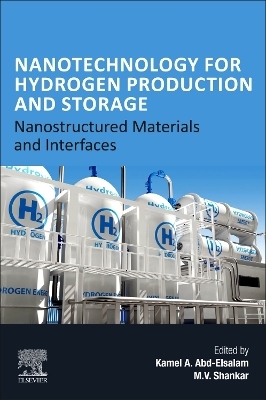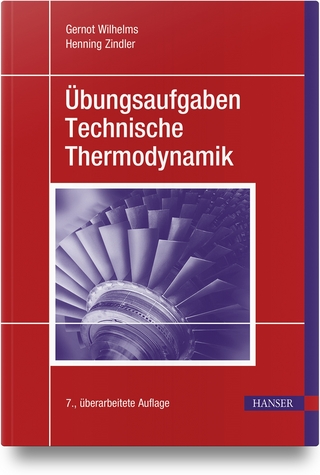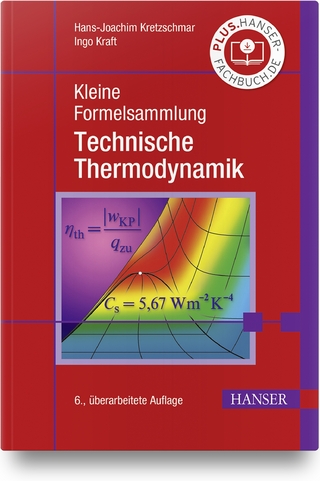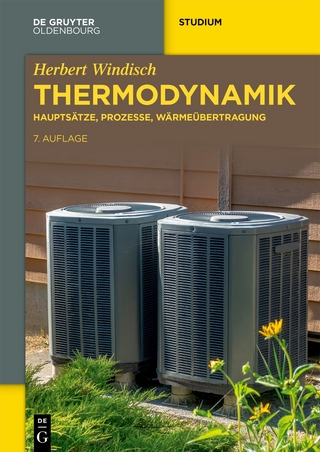
Nanotechnology for Hydrogen Production and Storage
Elsevier - Health Sciences Division (Verlag)
978-0-443-21456-1 (ISBN)
Dr. Kamel A Abd-Elsalam is Research Professor at the Plant Pathology Research Institute, Agricultural Research Center, Giza, Egypt. Dr Kamel’s research interests include developing, improving and deploying plant biosecurity diagnostic tools, understanding and exploiting fungal pathogen genomes and developing eco-friendly hybrid nanomaterials. Since 2019, he has served as the Editor-in-Chief of the Elsevier book series Nanobiotechnology for Plant Protection. M.V. Shankar is a Professor of Materials Science and Nanotechnology in Yogi Vemana University, Kadapa, Andhra Pradesh, India. Renowned for his outstanding research contribution in the field of Photocatalysis for Hydrogen fuel production, authored journal publications (112), book chapters (16) and patents (6) having h-index of 41, i-10 index 90, average impact factor of 6.74 with 7950+citations. He was ranked in Top 2% most influential scientist in the world in Materials & Energy for the year 2020 by Stanford University, USA and World Scientist in Nanoscience and Nanotechnology by AD Scientific Index 2022. Prof. Shankar has rich post-doctoral research experience (5 years) in prestigious institutions in France, and Japan.
Part 1 Nanomaterials for Water Splitting
1. Emerging Nanostructures and Material Interfaces for Hydrogen Production and Storage: A Note from the Editor
2. Hydrogen Production: Technical Challenges and Future Trends
3. Engineered Titania Nanomaterials for Hydrogen Production
4. Shuttling of Photo-Excitons on One-Dimensional Nanostructures for Photocatalysts Hydrogen Production
5. Metal Sulfide Nanocomposites for Hydrogen Generation
6. Role of Shell Thickness and Interface Engineering of Core-Shell Structured Nano-Photocatalyst for Stable and Continuous Hydrogen Production
7. Materials Aspects on Z-scheme Heterojunction Photocatalysts for Superior Hydrogen Evolution
8. Hybrid Plasmonic Nanomaterials for Hydrogen Production
9. Biogenic Synthesis of Semiconductor and Metallic Nanoparticles for Sustainable Hydrogen Production
10. Synthesis, Characterization and Photocatalytic Performance of S-Scheme Heterojunction Photocatalysts for Enhanced Hydrogen Production
11. Rational Design and Development of Semiconductor Nanostructures for Electrocatalytic Hydrogen Production
12. Two Dimensional Nanomaterials for Improved Photoelectrochemical Water Splitting
13. Polymer-Based Nanocomposites for Enhanced Water Splitting Application
14. Photochemical Hydrogen Production Using Semiconducting Metal Oxide Nanostructures Chapter
15. Functional Nanostructures for Photoelectrochemical Water Splitting Applications
16. Role of Surface-Interface Properties of Titania/Carbon Nanostructures for Photoelectrocatalytic Water Splitting
17. Hydrogen Generation from Formic Acid Using Metal Nanoparticles
18. Design and Fabrication of Nanostructured Electrodes for Oxyhydrogen Generation
Part 2 Nanomaterials for Biohydrogen Production
19. Recent Advances in Biological Hydrogen Production Nanostructured Materials
20. Surface-Modified Inorganic Nanostructures for Enhanced Biological Hydrogen Production Chapter
21. Hydrogen Generation for Low Temperature Fuel Cells
22. Nanostructured Magnetic NPs for Generation of Hydrogen
23. Nanoparticles for Photo-Fermentative Biohydrogen Production
Part 3 Nanomaterials for Hydrogen Storage
24. Hydrogen Storage in Nanomaterials
25. Hydrogen Injection and Storage in Subsurface Formation
26. Advanced Perfluorinated Membranes for Hydrogen Fuel Cells Enforced by Carbon Nanofillers
27. Beneficial Surface-Interface Properties of Nanostructured Materials for Solid-State Hydrogen Storage
28. Graphene-Based Nanocomposite for Hydrogen Storage Application
29. Carbon-Based Micro and Nanomaterials for Hydrogen Production and Storage
30. Bimetallic and Trimetallic Nanomaterials for Hydrogen Storage Applications
| Erscheinungsdatum | 06.04.2024 |
|---|---|
| Verlagsort | Philadelphia |
| Sprache | englisch |
| Maße | 191 x 235 mm |
| Gewicht | 450 g |
| Themenwelt | Naturwissenschaften ► Physik / Astronomie ► Thermodynamik |
| Technik ► Elektrotechnik / Energietechnik | |
| ISBN-10 | 0-443-21456-5 / 0443214565 |
| ISBN-13 | 978-0-443-21456-1 / 9780443214561 |
| Zustand | Neuware |
| Haben Sie eine Frage zum Produkt? |
aus dem Bereich


